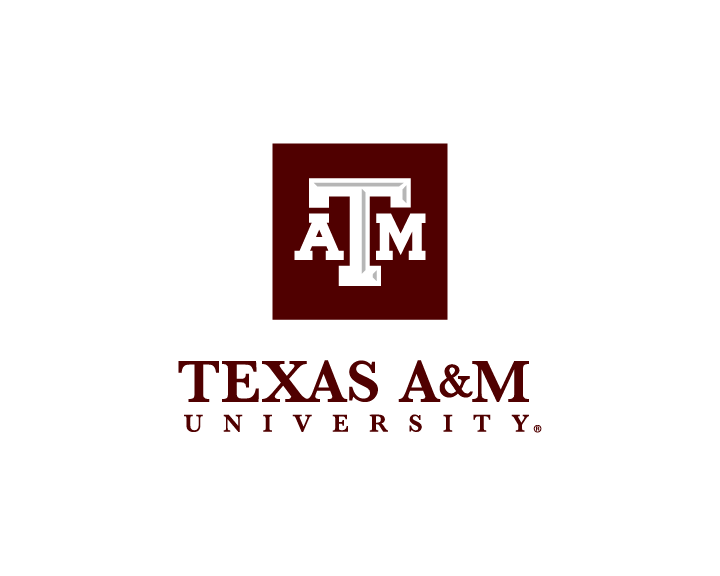Texas A&M: Biden Nominates Texas A&M Engineer For Vital Nuclear Security Post
Texas A&M University nuclear engineer Marvin L. Adams has been nominated by President Joe Biden to a key executive branch position for maintaining the U.S. nuclear weapons stockpile.
The appointment to serve as deputy administrator for Defense Programs within the Department of Energy requires Senate confirmation.
Adams would oversee programs for the design, maintenance, assessment, manufacturing and dismantlement of all U.S. nuclear warheads and for related programs that develop and maintain all the associated science, engineering, technology, supply-chain and manufacturing capabilities.
The announcement from the White House came late Wednesday, less than three months after Adams was tapped for his national security expertise to serve on Biden’s 30-member panel of top science and technology advisors.
Adams is the HTRI Professor of Nuclear Engineering, a Regents Fellow and the director of National Laboratories Mission Support for The Texas A&M University System. He started 29 years ago at the flagship in College Station and has served for decades in advisory roles at the nation’s three nuclear security laboratories.
Texas A&M President M. Katherine Banks has worked with Adams for the past decade. Both Banks and Adams were instrumental in the Texas A&M System obtaining a federal contract in 2018 to help manage the Los Alamos National Laboratory in New Mexico.
“As the nation’s foremost academic expert on stewardship of the nuclear stockpile, I cannot imagine a better person to hold this position than Dr. Marvin Adams,” Banks said. “We are proud to have someone from Texas A&M selected for such a crucial role that is consistent with our history of public service and our dedication to national security.”
Adams is considered by those inside and outside the federal government as the nation’s foremost academic expert on the nuclear stockpile. His research has advanced the nation’s ability to use complex computer algorithms to help assess weapons’ reliability while explosive testing is banned.
Chancellor John Sharp called the appointment an incredible honor.
“Dr. Adams lives the six Texas A&M core values of respect, excellence, leadership, loyalty, integrity and selfless service,” Sharp said. “Every Aggie should be proud of his nomination and every American should be grateful.”
If confirmed by the Senate, Adams will help manage a $16 billion budget. His position is one of four top jobs in the National Nuclear Security Administration that require Senate approval.
“I feel honored and humbled to be considered for this kind of service in support of U.S. national security,” Adams said. “Texas A&M has a long tradition of valuing and providing service to the nation. In keeping with this, The Texas A&M University System has supported my national-service activities over the years, and I am deeply grateful for this.”
As an educator, Adams has taught generations of engineers, including many who have gone on to careers at the national nuclear labs — Los Alamos, Lawrence Livermore National Laboratory and Sandia National Laboratories.
Asked about his thoughts on leaving the university, Adams said he will miss “the close interactions with students, faculty and other research professionals at Texas A&M (many of whom I have worked with for decades), and I will miss the regular immersion into the technical details of research projects.”
And what is his advice to those interested in this type of national service?
“Establish technical credibility in your field and stay conscious of what remains unknown and uncertain,” he said. “Practice explaining complicated technical truths — including what is not known with certainty — to people without technical backgrounds. Stay informed about what is going on at the national and international levels and look for opportunities to provide unbiased technical assessment to those who need them.”
Before joining the Texas A&M faculty, Adams was a physicist at Lawrence Livermore National Laboratory from 1986 to 1992. He is a Fellow of the American Nuclear Society. He received his M.S. and Ph.D. in nuclear engineering from the University of Michigan and his B.S. in nuclear engineering from Mississippi State University.

